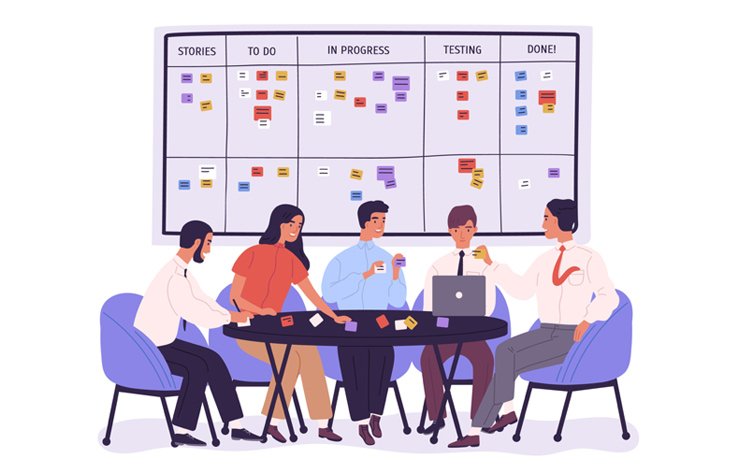15% off eLearning, up to 20% off virtual courses - use code: EARLY1225SA
12 July 2019 | Updated on 4 October 2022
Kanban project management with PRINCE2
Developed by Toyota in the late 1940s, the Kanban system originally aimed to improve manufacturing efficiency. Taking its name from the card system that tracks production in a factory, it has since be...

Developed by Toyota in the late 1940s, the Kanban system originally aimed to improve manufacturing efficiency. Taking its name from the card system that tracks production in a factory, it has since been refined and customised by many different manufacturers. Now, this system is used in project management, featuring in the PRINCE2 Agile guidance.
What is the purpose of Kanban?
Unlike a lot of other project types, Kanban is not based off specialist activities. Instead, it’s about the project and the flow. That means team members often step outside their areas of expertise to help others. Kanban is therefore focused on the bigger picture.
How does Kanban work?
The system works by everyone referring to a Kanban board, which is made up of columns with a number of tasks in each one.
When one task is finished in one column by a team member, it is pulled into the next column by the person who will complete the next task. For example, when a task is completed under the programming column, it will be shifted to the testing column.
Importantly, people ‘pull’ work from one column into their own. Tasks aren’t ‘pushed’ from one column into the other, as work could stack up for one or a few members and create a bottleneck. Instead, Kanban’s core rules ensure a steady workflow.
What are the Kanban rules?
Using Kanban with PRINCE2 Agile
To minimise multi-tasking and help set a WIP limit, many people suggest setting the WIP limit to the number of people on the team. For example, three software developers would have a maximum of three tasks in progress, while four testers would have four tasks.
Kanban’s 4th rule, ‘make policies explicit’, is the most important one for project managers to get right. You have to implement risk management and set the scope. To enforce that, the project manager needs to set the feedback loops. Otherwise, they won’t know what’s going right or wrong in the project work.
The project manager will need to stay involved in the feedback loop too, since that’s how they distribute work packages and tasks via the Kanban board, as well as communicate with managers and stakeholders.
Bear in mind that project managers don’t need to be involved in everything. They don’t need to attend daily scrums or read documentation feedback that devs leave each other on Github, for example. It’s more about remaining in the loop. They therefore have to limit themselves only to the feedback loops which are necessary for project management.

